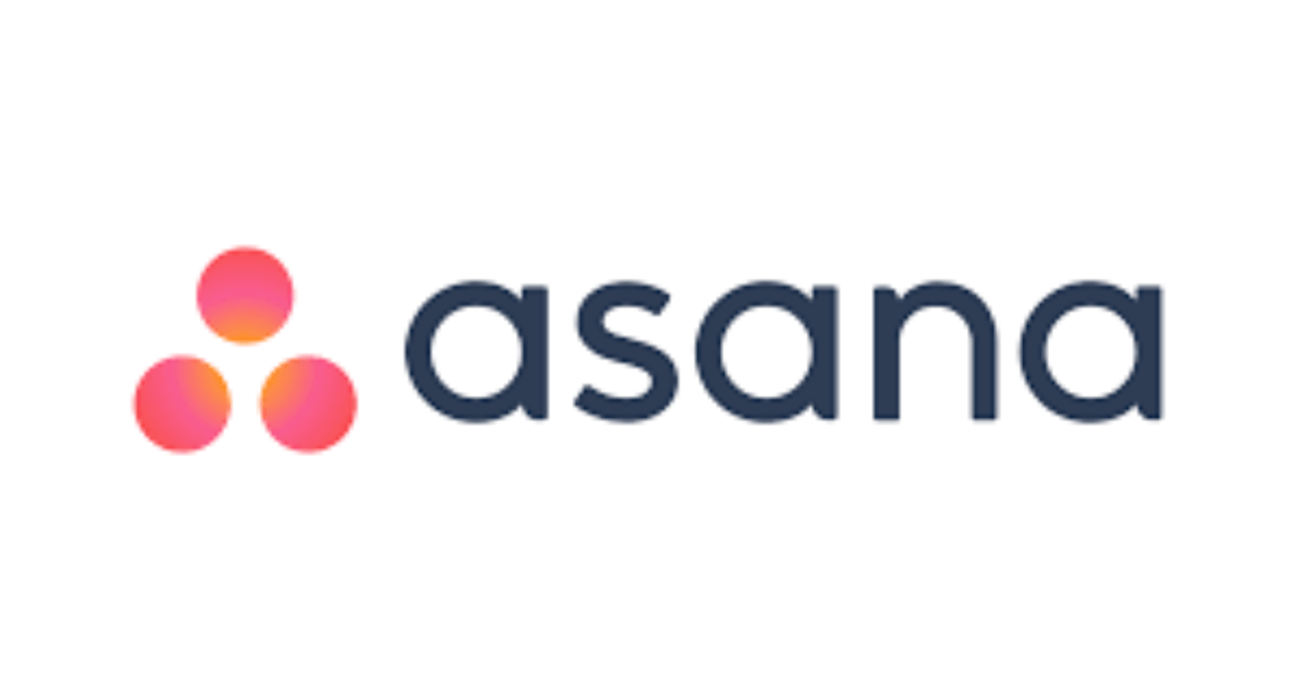Asana is a robust project management tool that can significantly boost team productivity and streamline workflows. Whether you’re a beginner or a seasoned user, these tips, best practices, strategies, and hacks will help you get the most out of Asana.
Tips and Best Practices
- Centralize Your Projects: Keeping all your projects in one place is crucial for maintaining visibility and organization. This approach allows you to track progress, manage workloads, and ensure that no tasks fall through the cracks.
- Set Clear Goals and Responsibilities: Define project goals, plans, and responsibilities from the outset. Clarity helps avoid inconsistencies and ensures that every team member knows what is expected of them. This foundational step is vital for successful project execution.
- Use Templates: Templates are a lifesaver for recurring projects or tasks. They save time and ensure consistency in project management and execution. You can create templates for project plans, workflows, and even specific types of tasks.
- Prioritize Tasks: Using tags or custom fields to prioritize tasks based on their impact on your company’s goals is essential. This helps focus efforts on the most critical tasks first, ensuring that high-impact work gets done efficiently.
- Integrate with Other Tools: Asana integrates with many other tools like Google Drive, Slack, and Toggl. These integrations streamline your workflow by connecting Asana with the tools your team already uses, enhancing productivity and reducing the need to switch between apps.
Strategies
- Delegate with Visibility: Assign tasks to team members while retaining visibility over their progress. This helps in monitoring workloads and ensuring tasks are completed on time without the need for micromanagement.
- Track and Save Workflows: Documenting and saving workflows for complex projects avoids the need to reinvent processes for similar projects in the future. This not only saves time but also ensures consistency in how projects are managed and executed.
- Use Boards for Visual Management: For projects that benefit from a visual workflow, use Asana’s board view. This is particularly useful for managing stages of a project where tasks can be moved from one column to the next as they progress. It offers a clear visual representation of the project’s status.

Hacks
- Keyboard Shortcuts: Speed up your workflow with Asana’s keyboard shortcuts. For example, use “Tab+Y” for today, “Tab+U” for upcoming, and “Tab+L” for later to quickly categorize tasks. These shortcuts save time and make task management more efficient.
- Email Tasks to Asana: Forward task-related emails to Asana using x@mail.asana.com. This automatically converts emails into tasks, integrating email communications directly into your project management workflow. It’s a great way to ensure all important communications are tracked and actionable.
- @Mentions for Collaboration: Use @mentions to link people, tasks, and projects within Asana. This keeps all project-related communications in one place and ensures everyone is on the same page. It’s an effective way to foster collaboration and ensure transparency.
- Recurring Tasks: Automate regular tasks by setting them as recurring. This ensures that routine tasks are not forgotten and frees up mental space for more strategic work. It’s a simple yet effective way to manage ongoing responsibilities.
- Multi-Select Tasks: Use multi-select to apply changes to multiple tasks at once. This is useful for bulk assigning tasks, changing due dates, or updating task details, saving you a significant amount of time and effort.
By implementing these tips, strategies, and hacks, you can maximize Asana’s potential to enhance team productivity and streamline project management. As you continue to explore and utilize Asana, you’ll discover even more ways to tailor it to your team’s unique needs and workflows. For more detailed insights and further tips, you can explore comprehensive guides and articles on Asana’s official website and other reliable sources.











